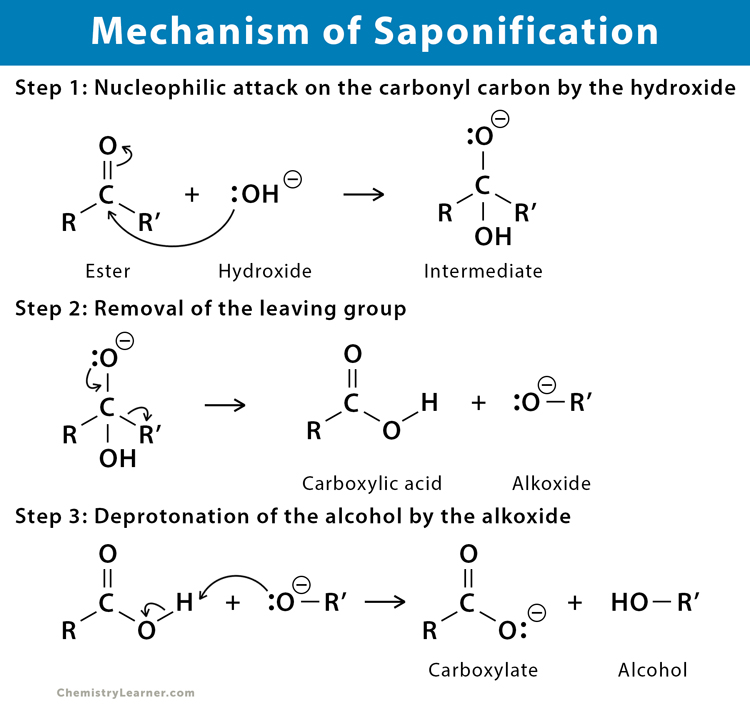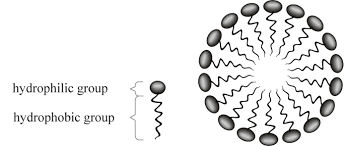5.0(1)
Explore Top Notes Note
Note Studied by 54 people
Studied by 54 people Note
Note Studied by 16 people
Studied by 16 people Note
Note Studied by 266 people
Studied by 266 people Note
Note Studied by 64 people
Studied by 64 people Note
Note Studied by 27 people
Studied by 27 people Note
Note Studied by 30 people
Studied by 30 people
Chapter 11 - The Triumphs and Travails of the Jeffersonian Republic
Behavioral Neuroscience - Action Potential
Forces and Newton's Laws
Bill of Rights
Chapter 2: Conflicts over Religious Pluralism
Chemical Formulas and Nomenclature
 Knowt
Knowt

